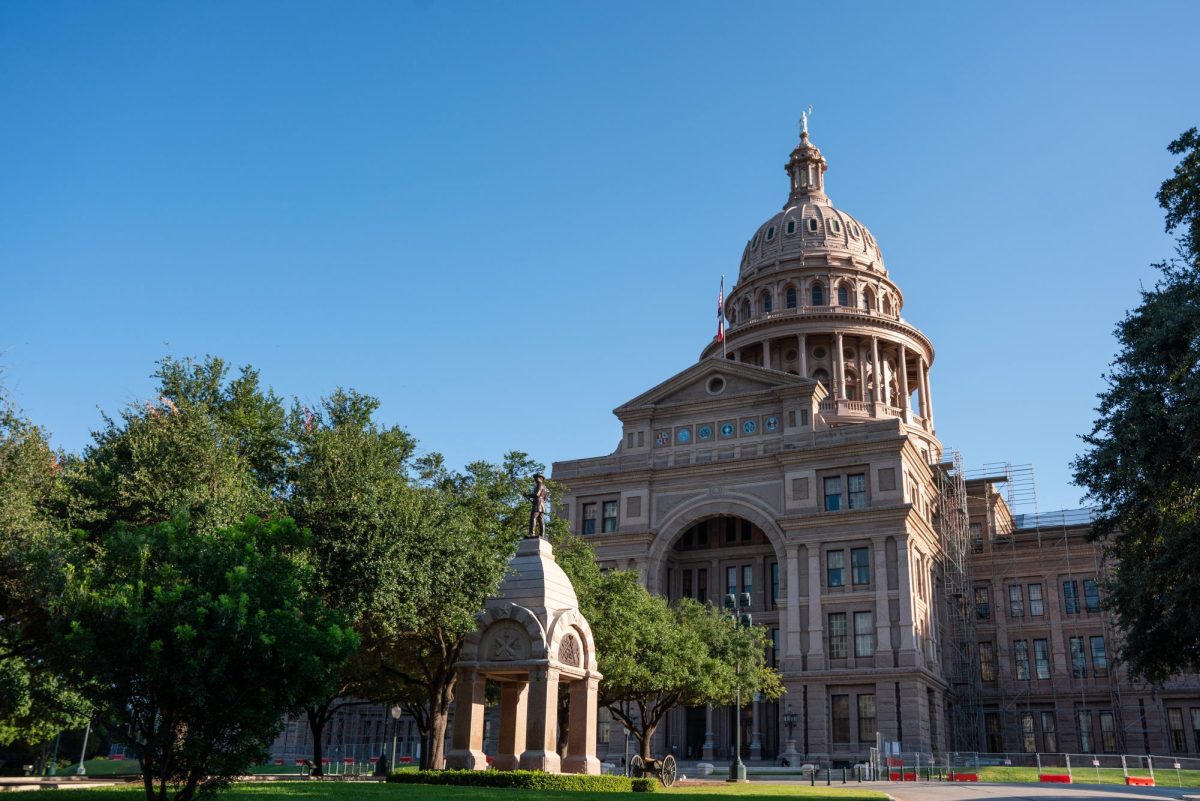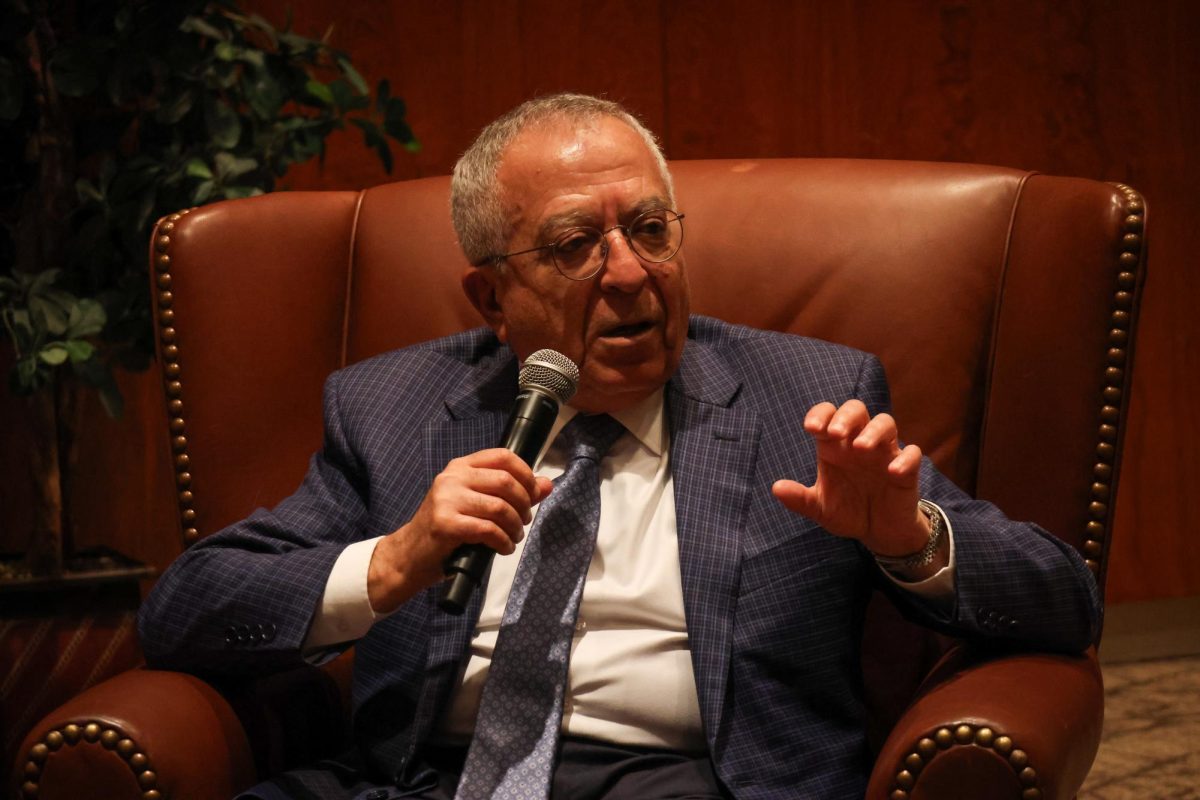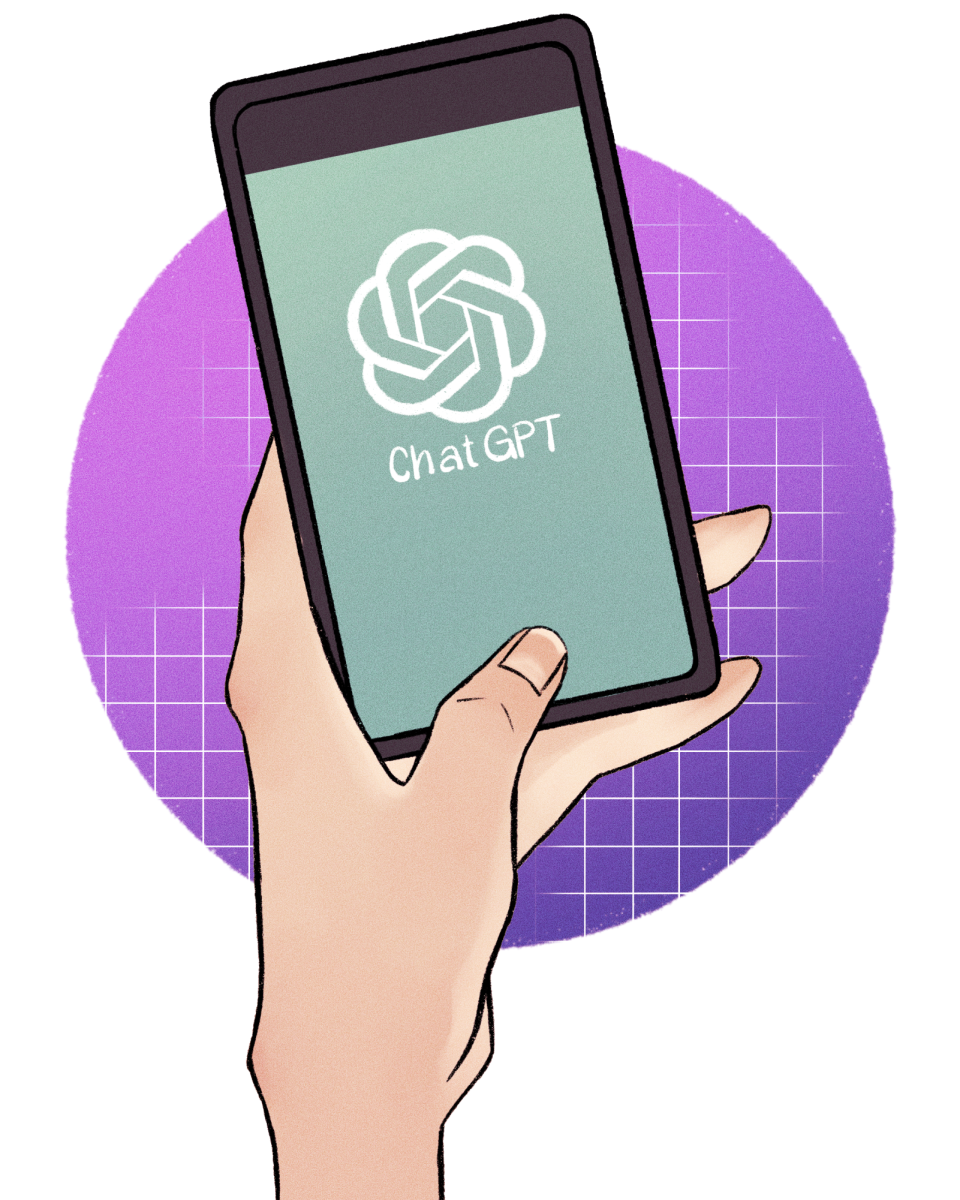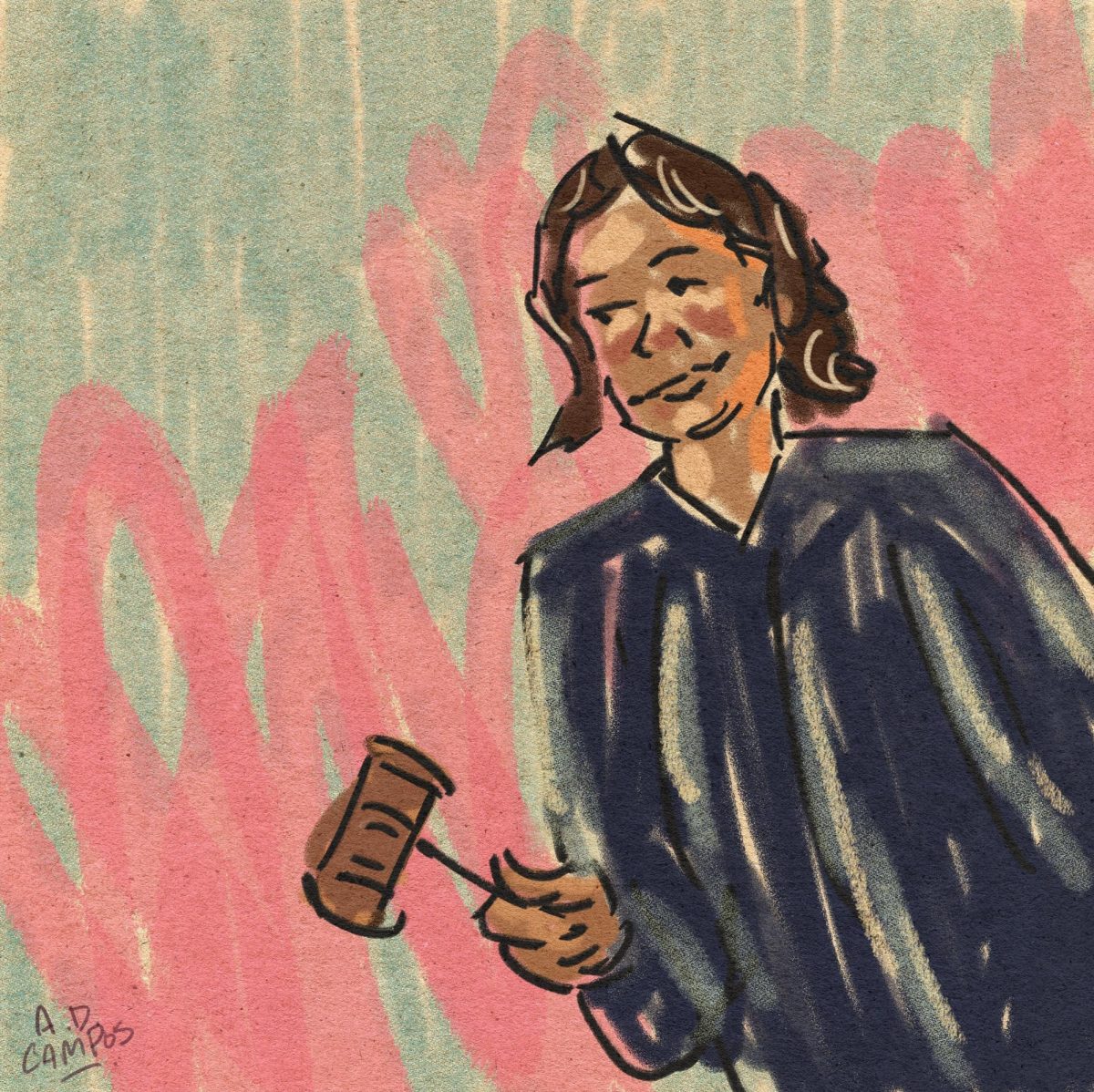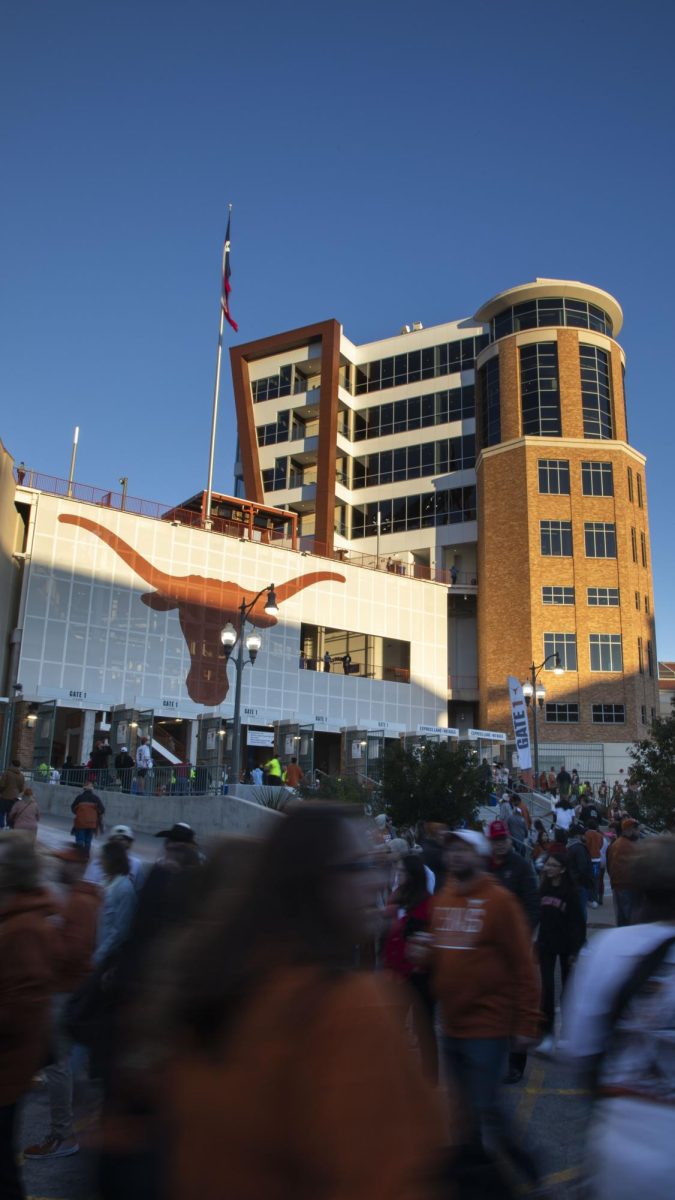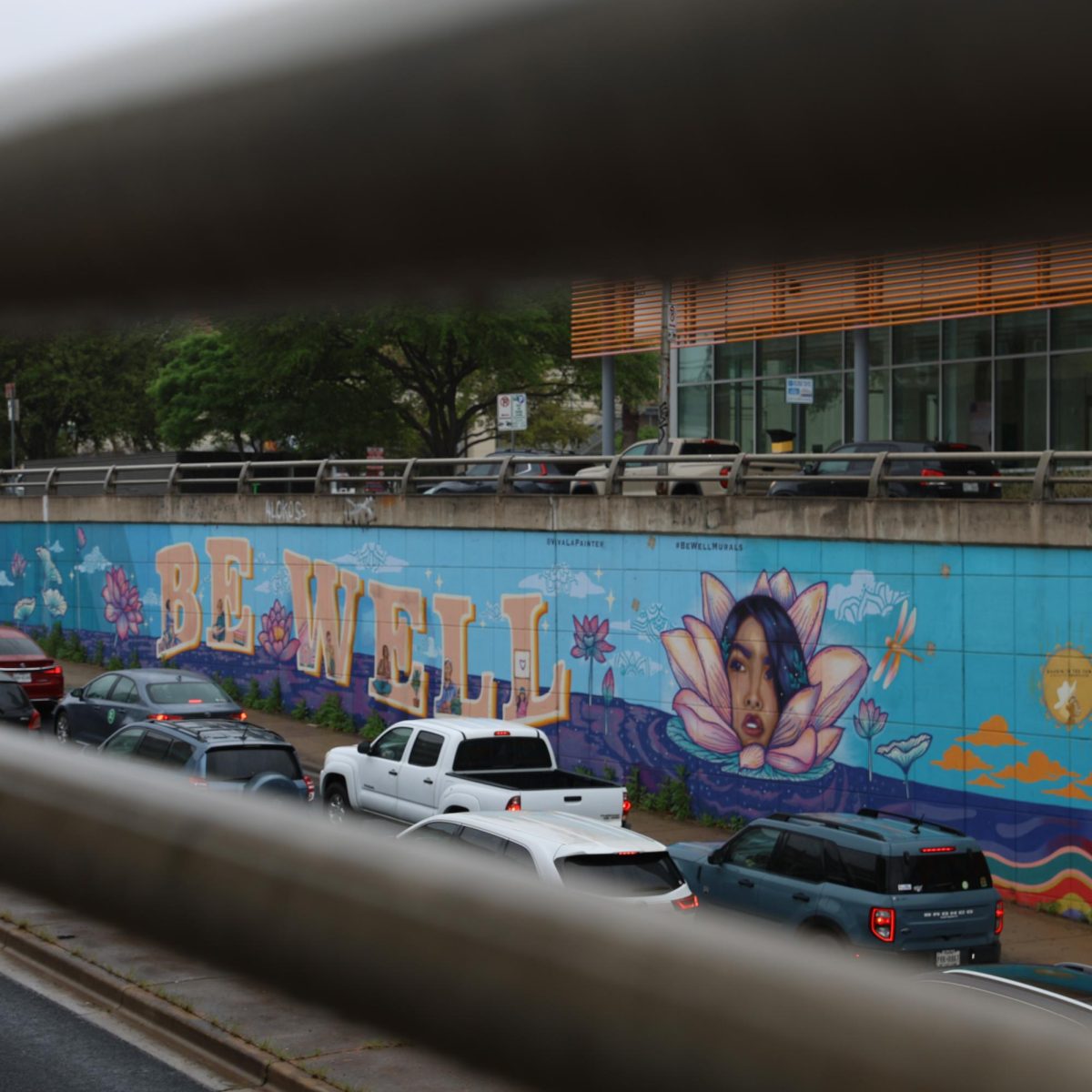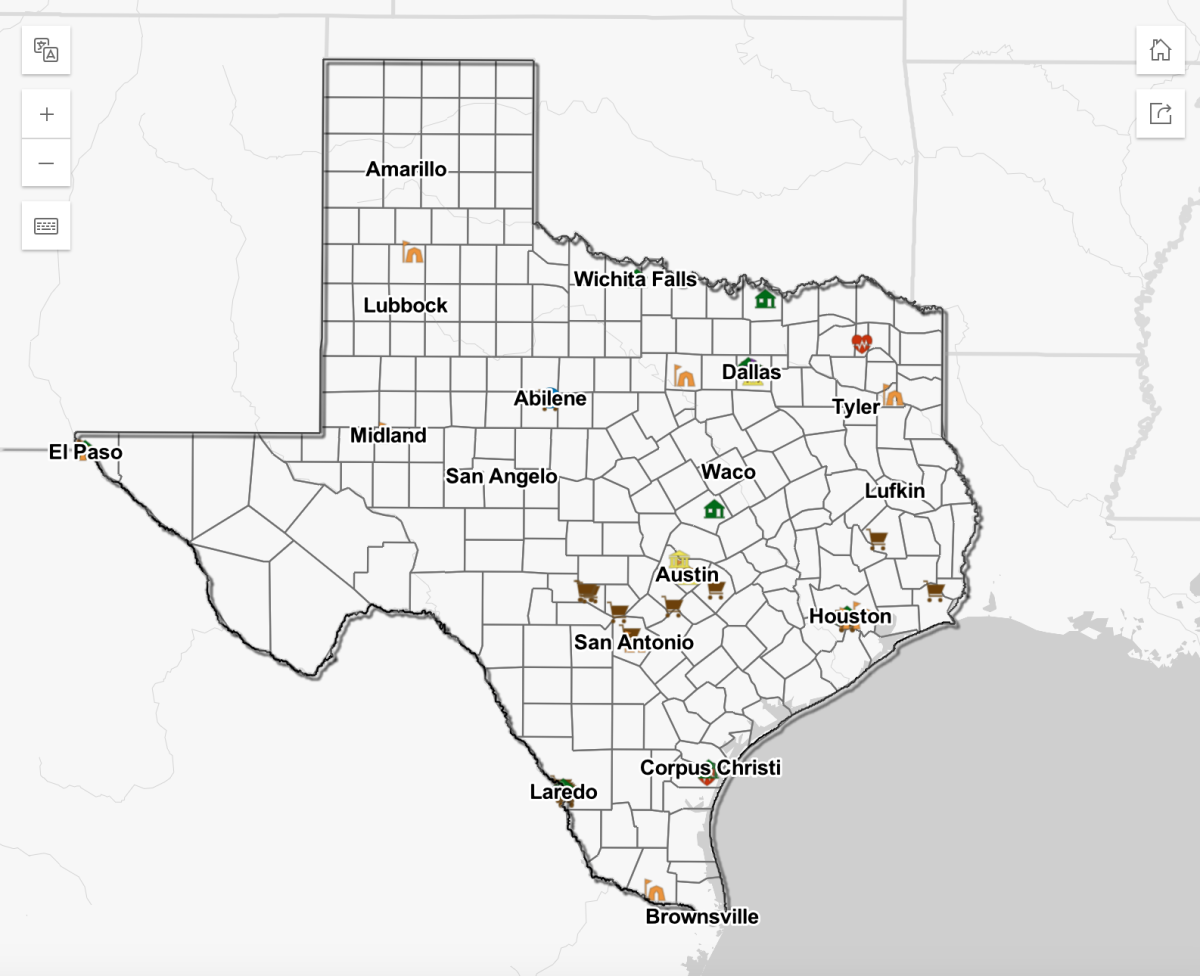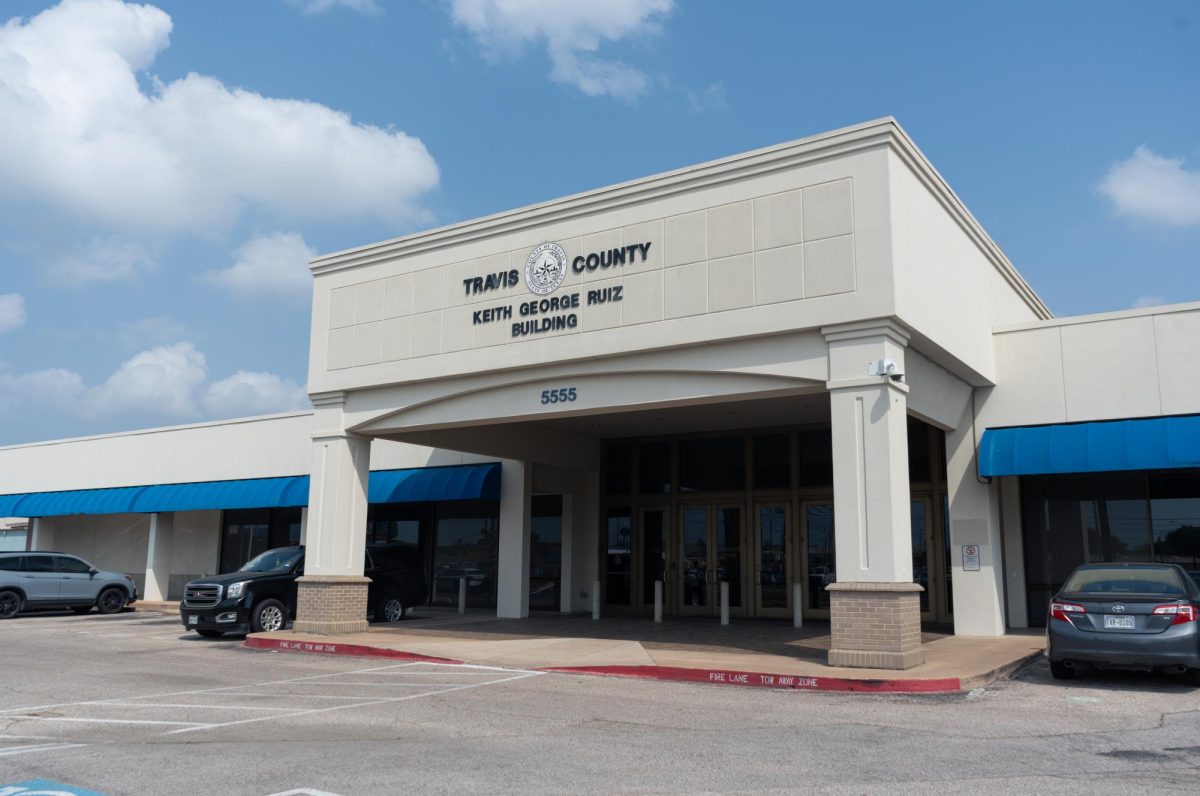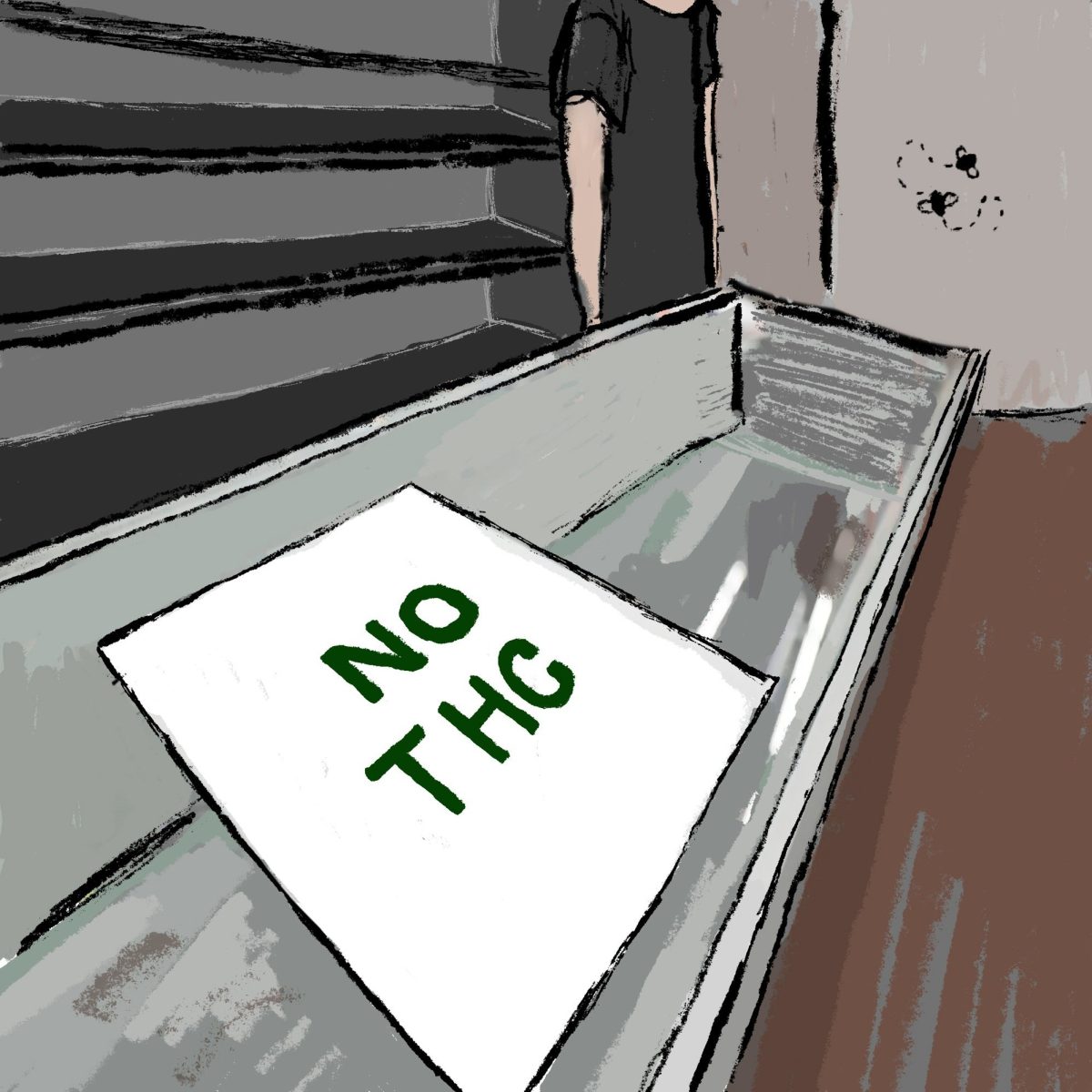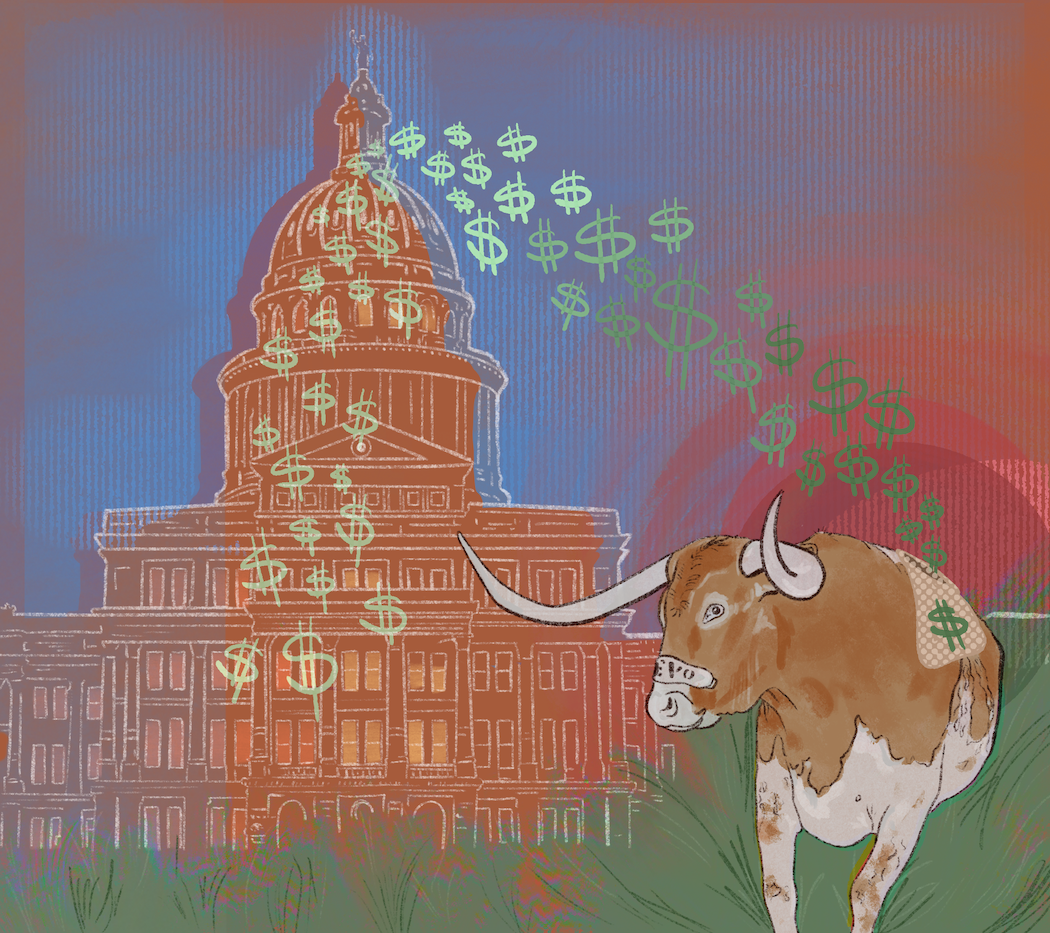Debates over private school voucher programs have moved to the forefront of the national conversation, and school choice movements have pushed for creating “opportunity scholarships,” or vouchers for private and charter schools in various states across the country.
In early February, Senate Bill 2, a private school voucher bill, sailed through the Texas Senate. Shortly after, the Texas House introduced House Bill 3, a separate Republican-backed bill that allows families to use public funds for private education, homeschooling resources and aid for students with disabilities. Both seek to create state-managed education savings accounts, or ESAs, using $1 billion in public taxpayer dollars from the state budget surplus in the General Revenue Fund for families to pay tuition at accredited private schools or other educational expenses.
If it becomes law, SB 2 would allow Texan families to apply to receive up to $10,000 a year per student and $11,500 for students with disabilities. Homeschooling families would receive at least $2,000 a year per student under the program, as well as $2,500 a year for therapy for home-schooling students with disabilities. HB 3 would provide the school voucher program 85% of what the state gives to public schools, around $10,000 per student, and for students with disabilities, up to $30,000.
History of School Vouchers
After Brown v. Board of Education was ruled in 1954, public schools in Southern states, which had been racially segregated, were required to integrate. To skirt around this mandate, lawmakers, including those in Texas, first proposed school vouchers as a way to get more white students into private schools, which were still able to deny students based on race.
In 1955, Texas Gov. Allan Shivers formed the Texas Advisory Committee on Segregation in the Public Schools, which recommended that the Texas Legislature create a tuition grant program allowing students to attend segregated, non-sectarian schools. However, bipartisan opposition, including a 36-hour filibuster, caused voucher proposals to fail.
School choice proposals were re-introduced in the 1990s following the release of a federal report published by the National Commission on Excellence in Education that highlighted the failures of the American public school system. Milwaukee, Wisconsin, and Cleveland, Ohio, were the first to pass school voucher programs targeting lower-class families. In 1999, Florida became the first to pass a statewide program, and more states followed after. More recently, several states have adopted universal programs, allowing families outside lower income brackets or without special needs to access public voucher programs or ESAs.
Supporters of school vouchers argue that ESAs will promote school choice and give lower-income families a potential pathway to accessing private schools.
“Currently, the only people with true school choice are the affluent, and that is fundamentally counter-American,” said Jorge Borrego, Education Policy Director of right-wing think tank Texan Public Policy Foundation. “In a country as prosperous as the United States, income alone should not determine or limit the ability for a family to choose the educational setting that aligns best with their values in what their child needs.”
UT educational leadership and policy professor Sarah Woulfin said that school voucher programs will exacerbate enrollment issues within traditional public schools, leading to budgetary and planning issues for those schools.
“We know right now even before voucher proposals were on the table, that the Texas education system is woefully underfunded, and this is going to siphon even more funds away from public schools,” Woulfin said. “It’s going to lead to public schools having to make even harder decisions about what to do with their limited funds.”
Woulfin said that although pro-voucher groups seek to promote school choice, only families that can already afford private schools will be able to use them to enroll because the vouchers do not cover the full cost of tuition. According to the Education Data Initiative, the average tuition for private schools in Texas is $11,050 for K-12, $10,729 for elementary schools and $12,161 for secondary schools.
“It’s more that families that already had their kid in a private school turn to that voucher to reduce the personal costs that are coming out of pocket that they were already taking out of pocket,” Woulfin said. “I think that raises the bigger equity question of which families are then leaning on and using the vouchers.”
Borrego said that in the 33 other states that have school choice programs, most recipients are middle-class.
“You look at Arizona, which was the first to go fully universal, the majority of their program recipients are people who came from the public school space,” Borrego said. “The most affluent families are the ones that are least likely to participate in the program because they don’t need it. They already have school choice.”
In 2022, Arizona became the first state to establish a universal private school voucher program open to families of all income levels. Two years later, the program is facing a $1.4 billion shortfall after funding outpaced the projected budget estimate by $267 million, according to ProPublica. During the 2023-2024 school year, Florida diverted $2.1 billion from state public school funds to their school voucher program.
“The state that ranks number one right now for education, it’s Florida. Florida also ranks number one for the largest school choice program in the United States,” Gov. Greg Abbott said during a March 25 news conference. “If we are going to achieve our goal of being ranked the best state in America for educating our students, it starts this session by passing school choice.”
As for higher education, Zeph Capo, president of the Texas American Federation of Teachers, said in a March 11 press conference that school vouchers could potentially damage the pipeline of education and leave students woefully unprepared for college. In contrast, Borrego said the growing number of students taking dual-credit classes is an indicator of the potential growth of higher education programs. He said that if school vouchers were implemented, even more students would be eligible to access community colleges through them.
“You’re now unlocking the private school component and more importantly, the half million students who are homeschoolers to be able to participate in this program,” Borrego said.
As lawmakers continue to debate if and how to implement the school voucher program, Woulfin advises them to listen, respect and value the efforts of public education leaders and teachers working under limitations. She said that a school voucher program will impede upon improving public schools.
“It’s a mistake and a distraction from respecting and acknowledging the current work that’s being done by teachers by school and district leaders all across the state of Texas,” Woulfin said. “It’s also ignoring and downplaying the agency and choice that parents already have within public schools.”
SB 2 and HB 3 are pending in the Texas House Public Education Committee. If they pass the House, HB 3 must pass through the Senate, and both must be signed by the governor before becoming law.

